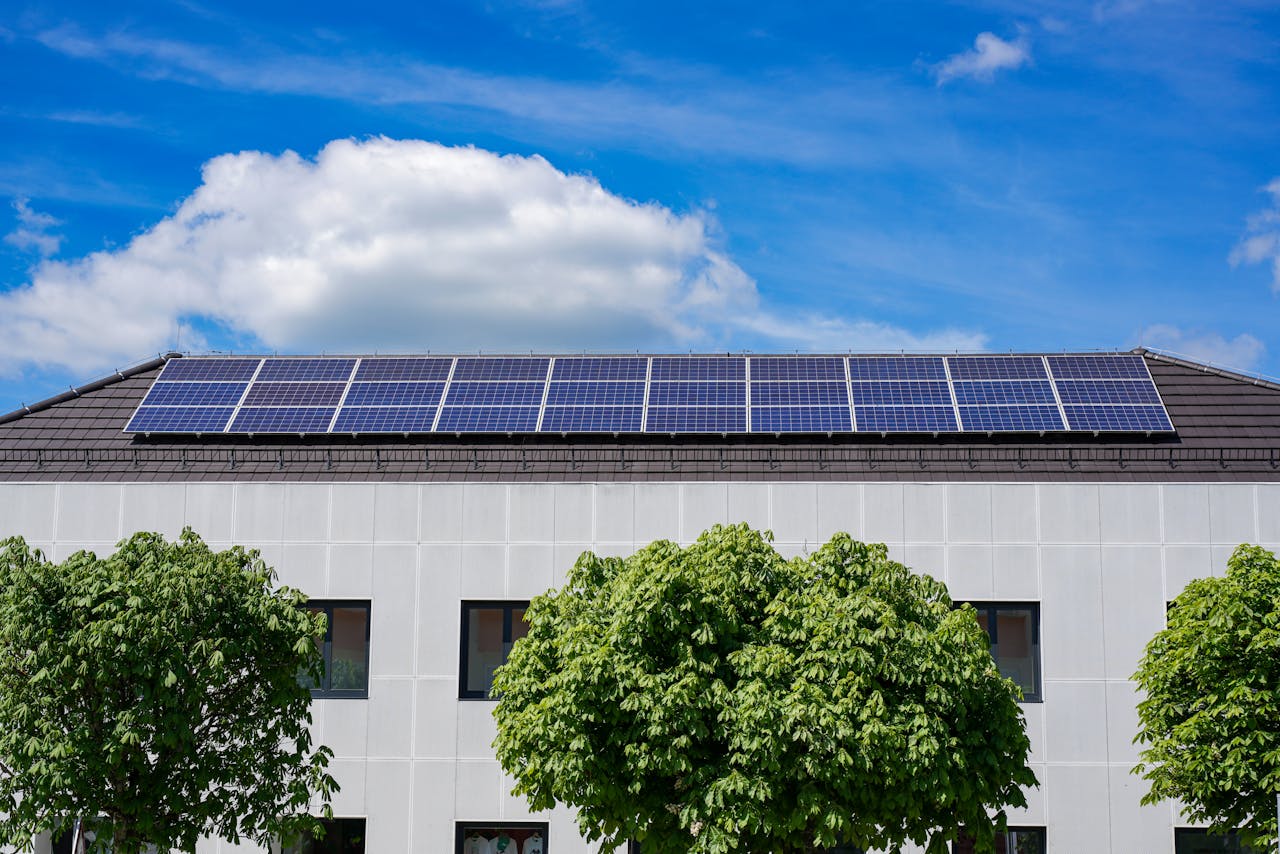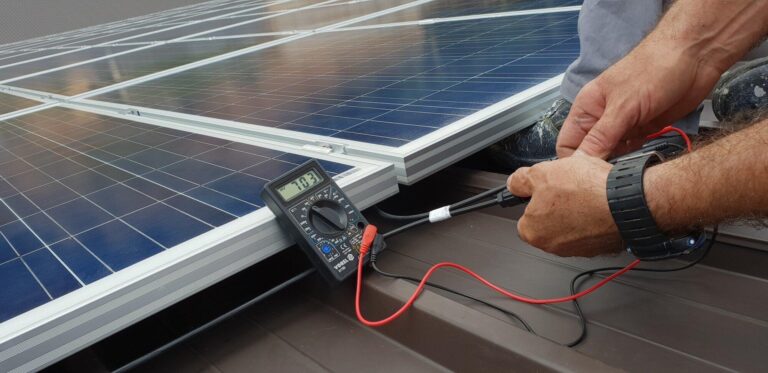What Is the Average Cost to Install Solar Panels in California?
With the increasing focus on renewable energy sources and the growing concern about climate change, solar power has emerged as a popular choice for homeowners in California. The state’s abundant sunshine makes it an ideal location for harnessing solar energy. However, homeowners often ask one of the common questions: “How much are solar panels in California?” In this blog post, we’ll explore the average cost of installing solar panels in California and the factors that influence the pricing.
Understanding the Average Cost of Solar Panels in California
The cost of installing solar panels in California can vary depending on various factors, such as the size of the system, the type of panels chosen, installation costs, and any additional equipment required. According to recent data, the average cost of a solar panel installation in California ranges from $12,000 to $18,000 for a typical residential system. However, it’s essential to note that this is just an average, and actual costs can vary based on individual circumstances.
Factors Influencing the Cost of Solar Panels in California
- System Size: The size of the solar panel system you need will significantly impact the overall cost. Larger systems capable of generating more electricity will cost more upfront but may result in greater savings on your energy bills over time.
- Type of Panels: Different types of solar panels are available in the market, ranging from monocrystalline to polycrystalline and thin-film panels. Each type has its advantages and disadvantages, with varying costs associated with it. Monocrystalline panels, known for their efficiency, tend to be more expensive than polycrystalline panels.
- Installation Costs: The installation cost can vary depending on factors such as the complexity of the installation, roof type, and any additional equipment needed, such as inverters and mounting hardware. Labor costs also play a significant role in determining the overall installation cost.
- Incentives and Rebates: California offers various incentives and rebates to encourage homeowners to invest in solar energy. These incentives can significantly reduce the upfront cost of installing solar panels. The federal solar Investment Tax Credit (ITC) allows homeowners to claim a tax credit of up to 26% of the system’s total cost.
- Solar Financing Options: Many homeowners opt for solar financing options such as solar loans, leases, or power purchase agreements (PPAs) to make solar energy more affordable. These financing options can affect the overall cost of the system, including interest rates and monthly payments.
Average Cost Breakdown
To provide a more detailed breakdown, let’s consider a typical residential solar panel installation in California:
- Equipment Costs: Approximately 25% to 30% of the total cost goes towards purchasing solar panels, inverters, mounting hardware, and other necessary equipment.
- Installation Costs: Installation expenses, including labor costs, permitting fees, and any additional equipment required, make up around 50% to 55% of the total cost.
- Soft Costs: Soft costs such as marketing, sales, and overhead account for the remaining 15% to 20% of the total cost.
It’s important to remember that these percentages can vary depending on individual circumstances and the specific requirements of each installation.
Additional Considerations
- Energy Savings: While the upfront cost of installing solar panels may seem significant, it’s essential to consider the long-term savings on your energy bills. Solar panels can significantly reduce or even eliminate your electricity costs, depending on the size of the system and your energy consumption habits.
- Environmental Benefits: Investing in solar energy not only saves you money but also helps reduce greenhouse gas emissions and combat climate change. By generating clean, renewable energy from the sun, you can reduce your carbon footprint and contribute to a more sustainable future.
- Maintenance Costs: Solar panels require minimal maintenance, but it’s essential to factor in any potential maintenance costs when considering the overall cost of solar panel installation. Most solar panels come with 20 to 25-year warranties, providing peace of mind and protection against unexpected expenses.
- Grid Independence: Installing solar panels can give homeowners a sense of energy independence by reducing their reliance on the traditional power grid. During power outages or emergencies, solar-powered homes can continue generating electricity, ensuring occupants’ comfort and safety.
Conclusion
Investing in solar panels can be a smart decision for homeowners in California looking to reduce their electricity bills and lower their carbon footprint. While the initial investment may vary, the benefits of clean, renewable energy are priceless. By understanding the average cost of solar panels in California and the factors that influence pricing, homeowners can make informed decisions about going solar and take advantage of available incentives and financing options to make the transition more affordable. So, if you’re wondering how much solar panels are in California, remember that while the initial investment may vary, the benefits of clean, renewable energy are priceless. With the right knowledge and resources, you can harness the sun’s power and enjoy a brighter, more sustainable future for future generations.






